Saurigna
Saurigna is a relatively small class of organisms, commonly known as dragons. Like their close relatives, Squamata, dragons are a group of ectothermic tetrapods. While dragons are uncommon on most planets, where they do exist they tend to wind up dominating most ecosystems.
Dragons are often lumped together with lizards and snakes, under the same class, Reptilia. Dragons differ from other reptiles with the flame sac.
While dragons are not lizards, the name 'Saurigna' is Latin for 'fire lizard'.
Anatomy
Scales, Skin, & Shedding
An important characteristic of dragons is the presence of scales. Dragons are almost entirely covered in platelike scales, protecting the body. Where fur or feathers are present, scales are not. The shape and size of the scales differ massively between orders and families of dragons, but many display large pentagonal scales.
Legless dragons have smoother scales, aiding them in locomotion. These scales also retain moisture, and in desert-inhabiting species, function as eyelids. Scales are frequently shed, along with skin in general.
Shedding of said skin and scales is known as ecdysis. It is a common form of moulting seen in invertebrates. Typically, skin along the spine of a dragon is looser, and splits upon moulting. The dragon will crawl backwards out of the skin, shedding it whole.
Wings
While it is an iconic characteristic for many dragon species, not all organisms in this class have wings. Wings are designed to aid animals in flight; superstretched forelimbs with skin membranes between each digits help lift these creatures off the ground. Some dragons have wings solely for aesthetic purposes, others remain flying their entire lives.
Most dragons have wings with webbing between each digit. Some have extra webbing between forelimbs and hindlimbs.
Flame Sacs
In dragons, a flame sac can always be found in the upper snout. Some species have glands that loop down into the throat, fire being ejected from the mouth, and some have a pair of nostril-like openings above their actual nostrils which eject fire. Some dragons have fire sacs in other parts of their bodies, such as their tails or feet.
Flame sacs can be harvested and preserved perfectly, giving the user the ability to eject fire assuming the organ is utilised correctly. The cells that make up the flame sac superheat the climate inside, and when squeezed will eject fire from its opening.
Some dragon species have developed unique flame sacs that supercool air or water, allowing them to breathe ice or snow. Other dragons have a flame sac that functions like an electric organ, allowing them to generate their own electricity and utilise that. Very few dragons can utilise magic, relying on their flame sac to expel it.
Classification
Saurigna is a somewhat controversial class of organisms. Many group them together with lizards, and even birds in some cases. The sheer diversity of the class, and the reliance on just a couple factors to warrant Saurigna's existence, means taxonomists are constantly arguing over its validity.
Since taxonomy first became popularised, 'dragons' have been accepted as their own clade, but their position in the world-wide cladogram has always been debatable. Saurigna is often placed under Squamata, divering alongside Bifurcata and Dibamia. It is now more widely accepted to say Saurigna split off from Sauria.
On Dracosei, an elemental classification is used. This classification system completely disregards genetics and focuses on the thematics of a dragon species. For example, if a dragon is to have a natural connection to thunder of lightning, it would fit under the Lightning category. There are eight categories: Air, Earth, Fire, Ice, Light, Lightning, Nature, and Water.
There are eight dragon elements. We use elements to distinguish classes of dragons, based on their appearance, personalities and behaviours and feeding habits. Of course there are exceptions but this is generally how we categorise them. Some dragons will have a double element-typing. These dragons, simply referred to as double-element dragons, display features of multiple elements, such as night lights, a light/fire dragon.
Simplified Cladogram
Relations With People
In Religion & Culture
Dragons are embedded into culture and religion, whether they exist on a planet or not. Almost all religions on all planets talk of species that could be classified as dragons. Some of the earliest examples date back 200 billion years ago, in the Equansiej Disc, where dragons were seen as figures of royalty and wealth. Only the most powerful rode dragons into battle.
Serpentine dragons constantly play a powerful role in religion. Serpentine creatures are often antagonistic, portrayed as deceiving and malicious. In many sophontic origin stories, serpentine creatures trick early sophonts into committing certain malfeasances.
The Titans of Ciljuv are a trio of deific dragons from Ancient Maloruno. These beings are worshipped in certain regions, seen as the protectors of the runo species. Their mortal enemies are white tigers, and the Titans are often depicted in battle with these menacing mammals.
Hunting & Farming
Despite often being large, powerful creatures, dragons are frequently hunted and harvested. Some professionals even target specific species for unique properties that can be exploited. Due to dragon being portrayed as anatoginists, a stigma behind them lingers in many a civilisation. Many fear these creatures and kill dragons on sight. Others seek out dragons to hunt, bringing back corpses and showcasing them to earn other's respect and admiration. Barbaric practices, in many cultures dragons aren't seen to possess 'souls', or any form of emotions, giving people supposed reason and right to hunt these animals.
Venom from certain dragons are used as antidotes, not only to cure bites from the same dragons, but from others as well. To produce the antivemon, the venoms of different species are injected it into a test subject, in increasing dosages until the subject appears immunised. The blood is extracted, purified, and preserved for later use.
Dragon eggs are extremely valuable. Not only can certain eggs provide enough sustenance for a small town, shells are extremely durable and are even used in simple armour and weaponry in some cases. Dragon eggs can sell for as much as a million charms in certain areas.
Domestication
The domestication of dragons on some planets is an extremely common practice. Similarly to any other animal, breeding dragons over thousands of years have created creatures capable of following every command of their owners.
Breeding dragons for specific morphs is also an extremely common practice, seen in countless other domesticated and exotic animal species. Dragon species such as night lights are domesticated for their aesthetics, and in the night light's case, for their practicality. Pocket-sized dragons are a popular trend on some planets, breeding dragons smaller and smaller to produce miniature versions of their wild relatives.

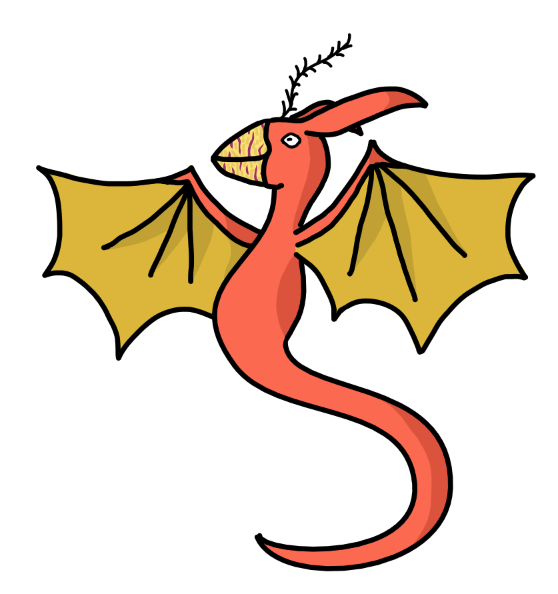
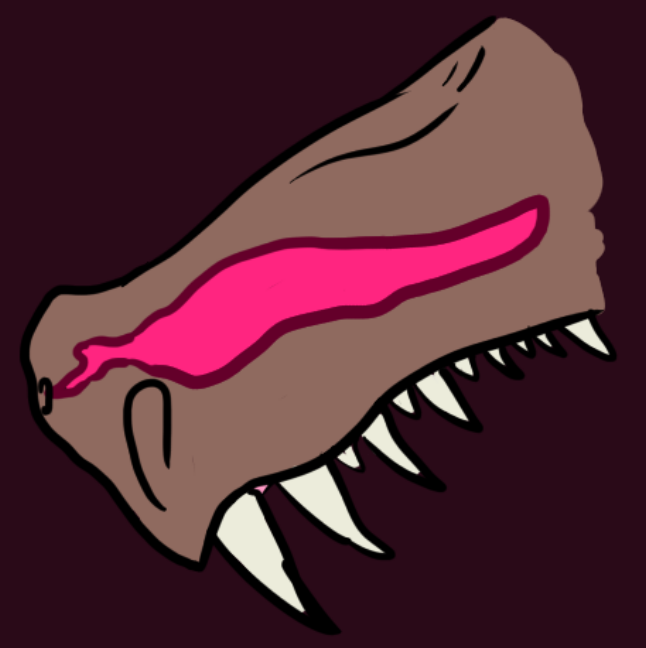
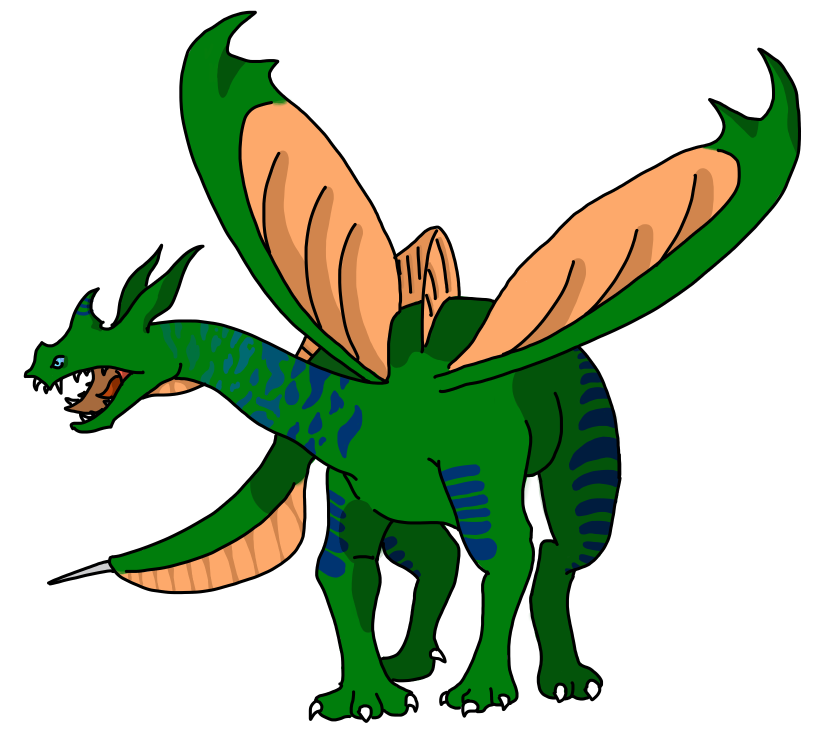
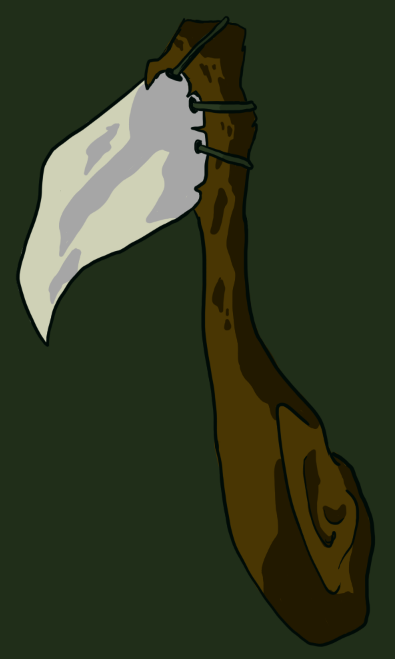
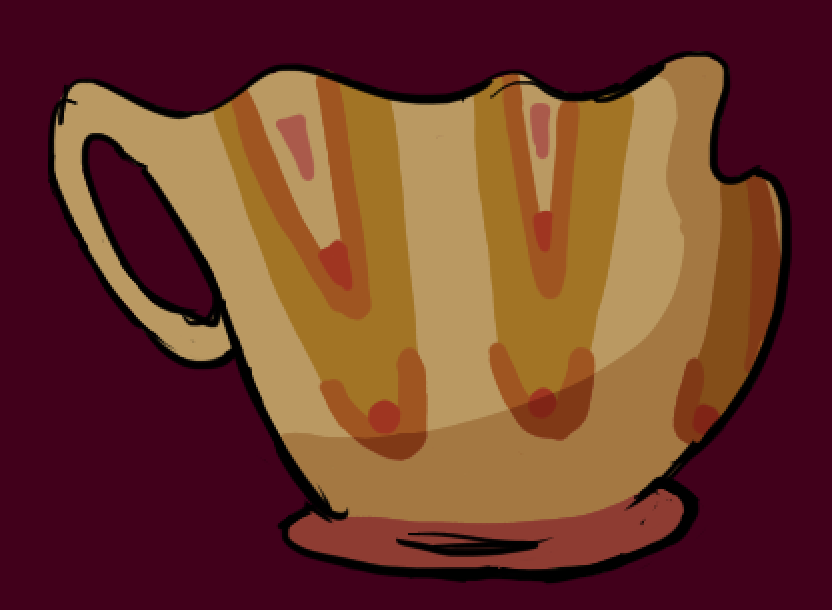



Great overview article. I loved the paragraph about classification and why the class is controversial. And I really liked the section on their cultural significance. :)
Thank you so much! <3